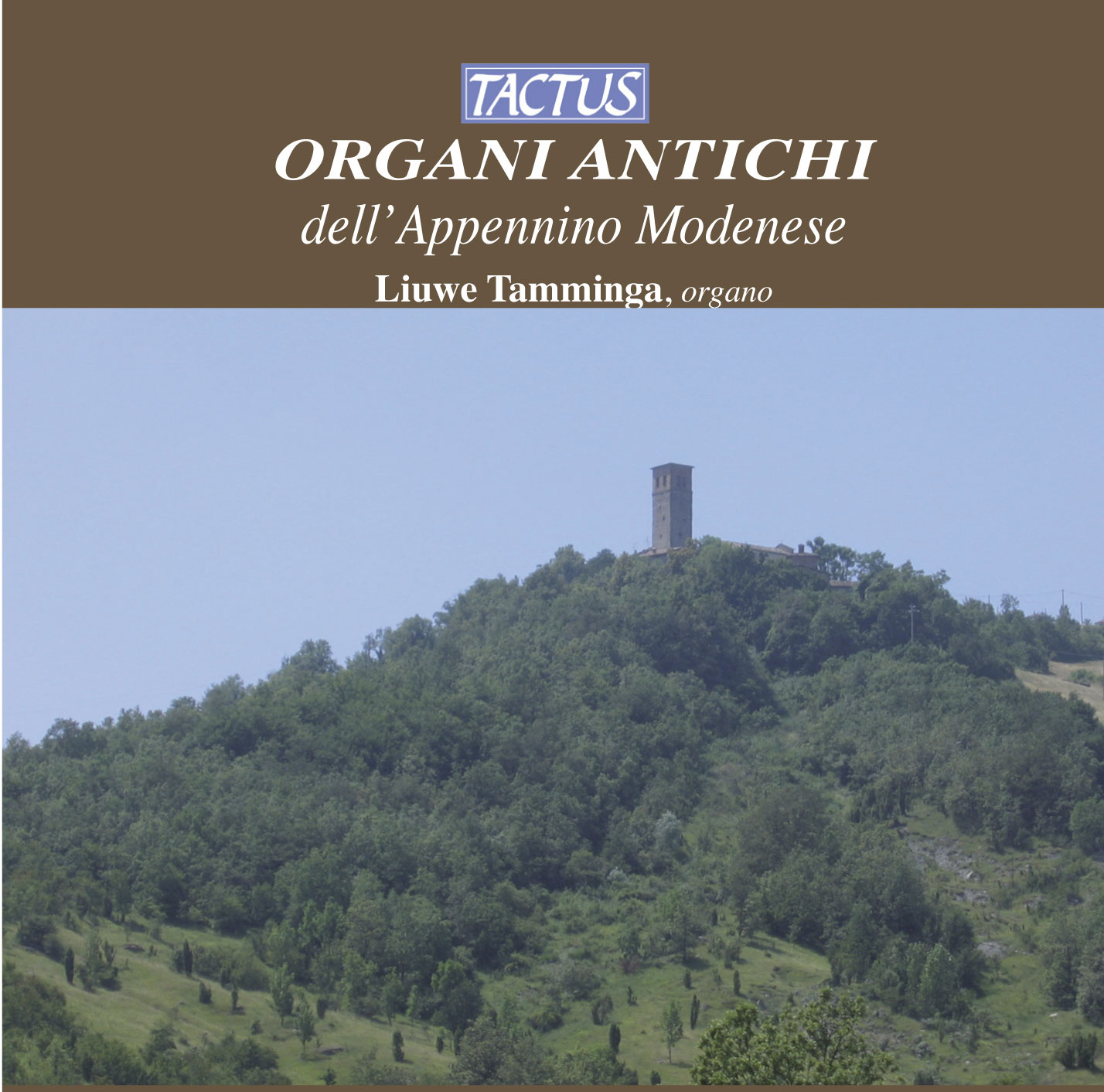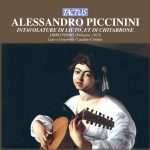MARTINI MOZART
“When I told Herr Stein that I wanted to play his organ, since the organ was my passion, he was very surprised and exclaimed: –What, a man like you, such a fine clavier-player, wishes to play on an instrument devoid of douceur and expression, of piano and forte, but is always the same? –Oh, that means nothing to me.
To my eyes and ears, the organ is the King of the instruments.
”This is how Mozart describes his love for the organ in a letter to his father on 17 October 1777.
The purpose of Leopold and Wolfgang Amadeus Mozart in undertaking their first of three Italian journeys—which would last from 13 December 1769 until 28 March 1771—was not only for Leopold to complete his fourteen-year-old son’s musical and humanistic education, but also to expose Wolfgang directly to the Italian opera world, and eventually to find him good, steady, prestigious, and well-paid employment.
Traveling by mail-coach, and well provided with letters of introduction, the pair also visited cities in Lombardy, Emilia Romagna, Florence, Rome, and Naples, where they were introduced to musical circles, met with musicians, and heard and played as many concerts as they could.
Leopold’s purpose was thus partly to continue his son’s education (the meeting and lessons with the Bolognese composer and Franciscan friar Padre Giovanni Battista Martini were particularly significant); partly to show off his already adolescent Wunderkind; partly to earn enough money to continue the journey.
Although the Mozarts presented concerts together, it was obviously the teenager genius who fascinated audiences: Wolfgang presented several performances as a harpsichordist, but also as an organist in a variety of Italian churches.
Because Mozart toured Europe as a harpsichordist and was employed as the Konzertmeister (violinist) of the court orchestra in Salzburg, we rarely think of him as an organist.
Nonetheless he was organist at the cathedral in the same city from 1772 until 1780.
However, only a handful of his compositions for the instrument exist.
Since we know that a variety of Mozart’s compositions were subsequently transcribed for the organ—some of them quite popular, such as excerpts from Die Zauberflöte and from the Requiem, the Ave verum Corpus (here in a transcription by Liszt), the serenade Eine kleine Nachtmusik, or the famous and often arranged aria Là ci darem la mano (with variations by Czerny) from Don Giovanni—this repertoire certainly becomes a viable option for the organist.
In this recording, Liuwe Tamminga combines several 19th-century transcriptions and variations, sonatas, dances, and adagios, with an aria, a fugue, and a Pastorale by Padre Martini, who was Mozart’s mentor and counterpoint teacher in Bologna.
Tracklist
Mozart, Wolfgang Amadeus
Sonata for Piano 4 Hands in D Major, K. 381: III. Allegro molto (arr. for solo organ)
1 - Sonata for Piano 4 Hands in D Major, K. 381: III. Allegro molto (arr. for solo organ) (2:39)
Church Sonata No. 17 in C Major, K. 336
2 - Church Sonata No. 17 in C Major, K. 336 (2:36)
Divertimento in B-Flat Major, K. 240 (arr. for organ solo)
3 - Divertimento in B-Flat Major, K. 240: II. Andante grazioso (arr. for organ solo) (4:38)
Serenade No. 13 in G Major, K. 525, "Eine kleine Nachtmusik" (arr. for organ solo)
4 - Serenade No. 13 in G Major, K. 525, "Eine kleine Nachtmusik": I. Allegro (arr. for organ solo) (2:04)
Divertimento in B-Flat Major, K. 270 (arr. for organ solo)
5 - Divertimento in B-Flat Major, K. 270: II. Andantino (arr. for organ solo) (5:40)
Martini, Giovanni Battista
Pastorale for 2 Flutes and Continuo in C Major (arr. for organ solo)
6 - Pastorale for 2 Flutes and Continuo in C Major (arr. for organ solo) (3:05)
Liszt, Franz
Mozart - Ave verum corpus
7 - Mozart - Ave verum corpus (3:07)
Martini, Giovanni Battista
Aria
8 - Aria (3:45)
Fuga
9 - Fuga (2:58)
Mozart, Wolfgang Amadeus
Adagio in B-Flat Major, K. 411 (arr. for organ solo)
10 - Adagio in B-Flat Major, K. 411 (arr. for organ solo) (6:26)
Divertimento in F Major, K. 253 (arr. for organ solo)
11 - Divertimento in F Major, K. 253: I. Thema con 6 variazioni (arr. for organ solo) (8:22)
Adagio in D Minor, K. Anh. 35 (completed by A. Isoir)
12 - Adagio in D Minor, K. Anh. 35 (completed by A. Isoir) (4:02)
Contredance, K. 123 (arr. for organ solo)
13 - Contredance, K. 123 (arr. for organ solo) (1:25)
Piano Sonata in F Major, K. 547a (arr. for organ solo)
14 - Piano Sonata in F Major, K. 547a: III. Tema con variazioni (arr. for organ solo) (5:59)
Liszt, Franz
Confutatis und Lacrymosa aus dem Requiem K. 626 von Mozart, S550/R229
15 - Confutatis und Lacrymosa aus dem Requiem K. 626 von Mozart, S550/R229: Lacrymosa (3:13)
Czerny, Carl
Fantaisie brillante on themes from the opera The Marriage of Figaro, Op. 493
16 - Fantaisie brillante on themes from the opera The Marriage of Figaro, Op. 493 (2:45)
Mozart, Wolfgang Amadeus
Piano Concerto No. 21 in C Major, K. 467, "Elvira Madigan" (arr. for organ solo)
17 - Piano Concerto No. 21 in C Major, K. 467, "Elvira Madigan": II. Andante (arr. for organ solo) (5:50)
12 Variationen über "Ah! vous dirai-je, Maman" C-Dur K. 265
18 - 12 Variations in C Major on Ah vous dirai-je, maman, K. 265 (11:12)
- Composer: MARTINI MOZART
- Performers: Liuwe Tamminga, Organ
- Historical Period: Humanism and Renaissance
- Code: TC 550005
- Edition: November 2006
- Barcode: 8007194104264
- Set: 1
- Total tracks: 18
- Total duration: 01:19:53






